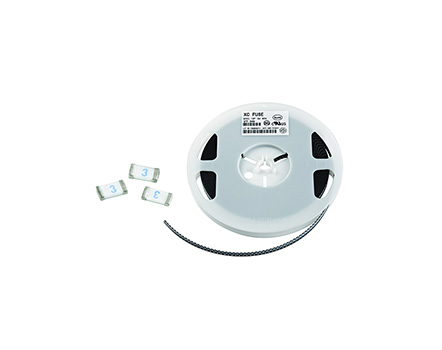
For automotive fuses, let's first understand: fuses are common names, their scientific name is fuse, but we usually refer to them as fuses. Their basic function is to protect the circuit when overcurrent occurs.
Generally speaking, fuses mainly have two important parameters: rated current and rated voltage. We usually choose the corresponding specifications of fuses based on the current and voltage of the circuit. Automotive fuses generally adopt a plug-in design, with a plastic outer shell wrapped in a molten structure made of zinc or copper, and a metal melt connected to the pins.
The specifications of automotive fuses are generally 2A to 40A, and there will be a label at the top of the fuse. In general, fuses with different amperes have different colors, and according to international standards, we can identify the ampere number by color. For example: 2A gray, 3A purple, 4A pink, 5A orange, 7.5A coffee, 10A red, 15A blue, 20A yellow, 25A colorless transparent, 30A green, 40A deep orange.
Because every device in a car is equipped with a fuse, and there are many parts and equipment in the car, in order to facilitate future maintenance, each car will have a fixed place to collect all the fuses, which is called a fuse box.
Read recommendations: